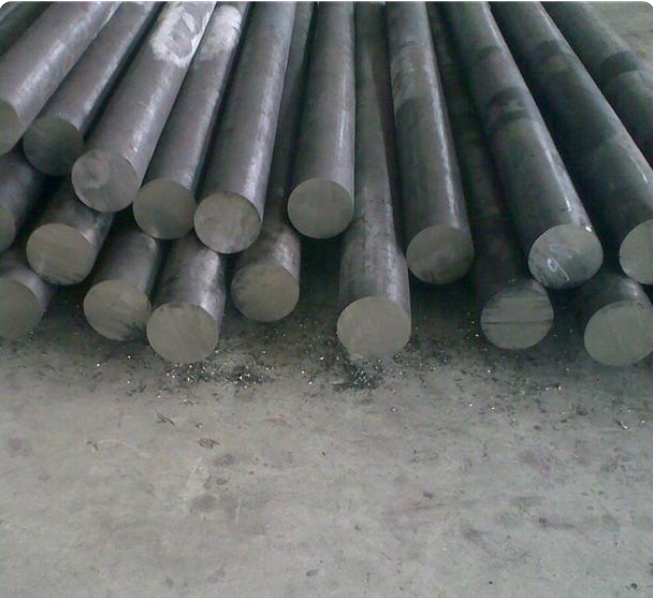

current position:Information and data>Overview of Carbide Basics

Carbide - Concept
Cemented carbide is an alloy material made of hard compound of refractory metal and bonding metal through powder metallurgy process.
Cemented carbide has a series of excellent properties such as high hardness, wear resistance, good strength and toughness, heat resistance and corrosion resistance, especially its high hardness and wear resistance, which remain basically unchanged even at a temperature of 500 °C , still has high hardness at 1000℃.
Carbide is widely used as tool material, such as turning tools, milling cutters, planers, drills, boring tools, etc., for cutting cast iron, non-ferrous metals, plastics, chemical fibers, graphite, glass, stone and ordinary steel, and can also be used for cutting Difficult-to-machine materials such as heat-resistant steel, stainless steel, high manganese steel, tool steel, etc.
Carbide-Development History
Since the advent of cemented carbide as an important tool material and structural material in 1923, it has a history of more than 80 years.
Since 1893, German scientists have used the method of heating tungsten trioxide and sugar together to high temperature in an electric furnace to produce tungsten carbide, and tried to use its high melting point, high hardness and other characteristics to produce wire drawing dies, etc., in order to replace diamond materials However, due to the high brittleness, easy cracking and low toughness of tungsten carbide, it has not been used in industry.
In the 1920s, German scientist Karl Schroter found that pure tungsten carbide could not adapt to the severe stress changes formed during the drawing process. Has a certain toughness. After a year of hard work. Schroter first proposed the method of powder metallurgy in 1923, that is, tungsten carbide is mixed with a small amount of iron group metals (iron, nickel, cobalt), and then pressed and sintered in hydrogen at temperatures above 1300 ° C to produce hardness alloys 's patent.
In the late 1960s, the West German Krupp Company successfully developed the coated cemented carbide, and its appearance is another major progress in the production technology of cemented carbide. This chemical vapor deposition method is used to coat ordinary cemented carbide inserts with a thin layer of hard compounds (such as TiC, TiN, etc.) Compared with uncoated cemented carbide inserts, the service life is increased several times, and the cutting speed can be increased by about 25 to 30%, so it has soon gained a wide range of industrial applications.
Around 1984, Japan's Sumitomo Electric Co., Ltd. trial-produced a double-height AF1 alloy with a hardness of RA93.0 and a strength of 5000N/mm2, which was the highest in the world. Later, famous manufacturers such as the United States, Sweden, and Germany also successively developed more and more performance. Good superfine cemented carbide, for many famous cemented carbide manufacturers, superfine cemented carbide is a kind of cemented carbide product they are proud of, just like high-precision, high-performance coated cemented carbide.
The low-pressure hot isostatic pressing technology, which was successfully developed and rapidly popularized in the 1980s, was a breakthrough in the field of cemented carbide production technology, which made it a reality to produce cemented carbide products with a low cost close to the theoretical density.
Usually classified by alloy composition:
Chromium carbide-based cemented carbide: a cemented carbide composed of Cr3 C 2 and Ni or Ni-W as a binder. It is usually used for wear-resistant and corrosion-resistant parts, and has also been widely used for decoration in recent years. Product parts such as bracelets, etc.
Steel-bonded cemented carbide: a cemented carbide composed of TiC or WC as the base and steel as a binder. It is an alloy that can be machined and heat treated. It is between traditional cemented carbide and alloy steel. an engineering material.
Coated cemented carbide: usually refers to the coating of TiC, TiN, Ti(C, N), Al2O3 and the like with a thickness of several microns on the tough tungsten carbide-based cemented carbide substrate by chemical vapor deposition or physical coating method. produced from hard compounds.
Hot information

